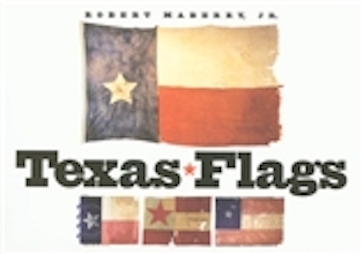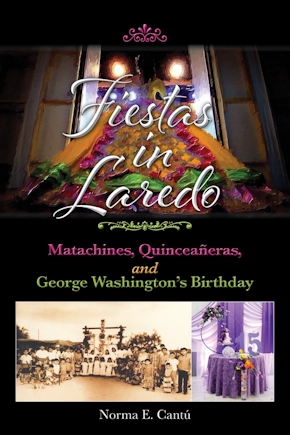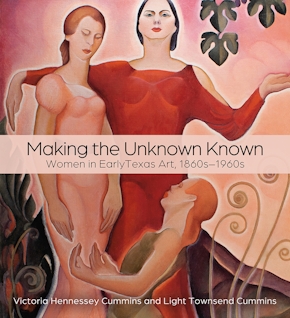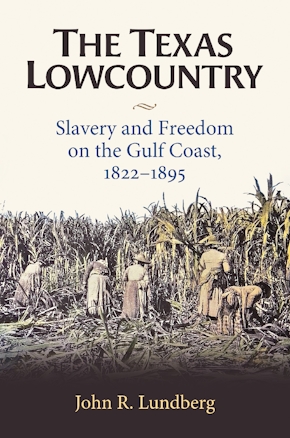Texas Flags
978-1-58544-151-8 Cloth
12 x 9.5 x 0 in
224 pp. 29 b&w photos., 117 color illus., 4 color maps.
Pub Date: 12/10/2001
Available
In the flag's early incarnations, homespun cotton, ladies’silk dresses, and various other goods provided the materials used for banners to lead Texans in battle and in nation-building. Historian Robert Maberry, Jr., skillfully traces the use of the lone star symbol in the nineteenth century and describes in detail the various flags that have either incorporated it or used other symbols altogether.
Texas’ now-famous flag, Maberry has discovered, was not always a common sight in the state. Though it had been the national flag during the last six years of the Republic (1839–45), the original lone star flag was discarded in favor of the Stars and Stripes upon annexation in 1845. Indeed, by 1860 few Texans knew what their former national standard had looked like. During the years of secession and Civil War, Texans became reacquainted with the old flag, but they made relatively few copies of it, using the lone star emblem instead on the battle flags of the various units. When officials of the Confederacy mandated new “national” flags, Texans often modified them to reflect their own independent heritage.
The Texas flags pictured and described in this book were historical objects often of considerable artistry and, in many cases, ingenuity on the part of their makers in times of scarcity. Some of these historic flags still exist and remain sources of inspiration. Their stories, and those of other banners that have long since disappeared, reveal much about the cultural and aesthetic preferences of the age in which they were fashioned and about the political winds in which they were unfurled.
About the Author
Published by Texas A&M University Press






